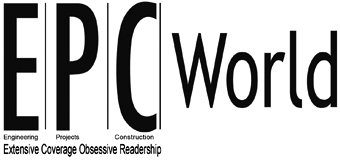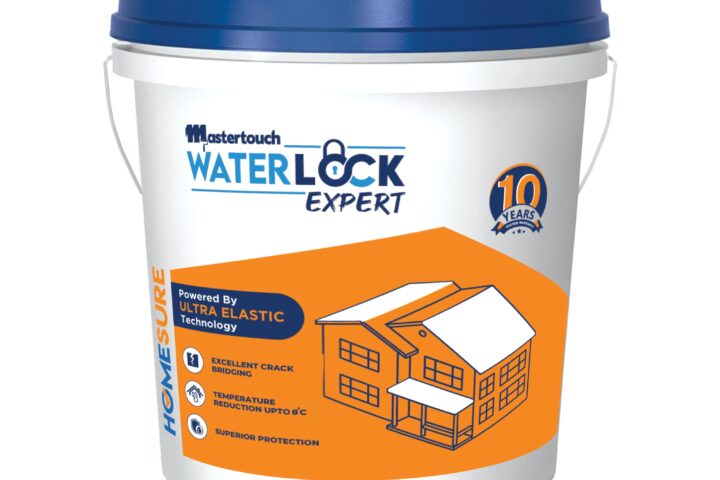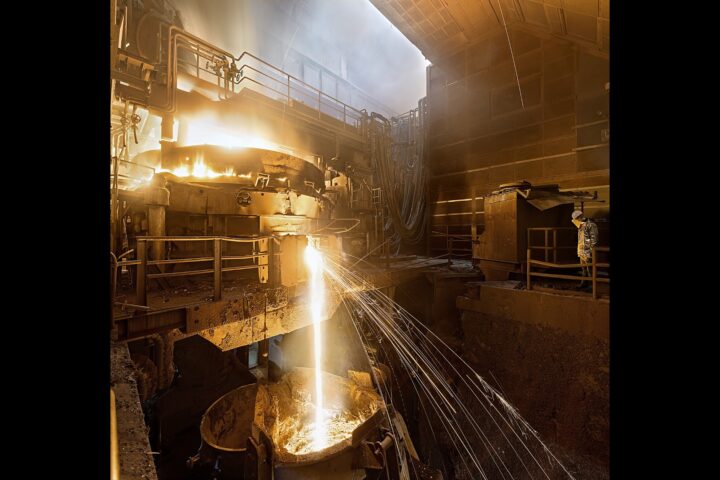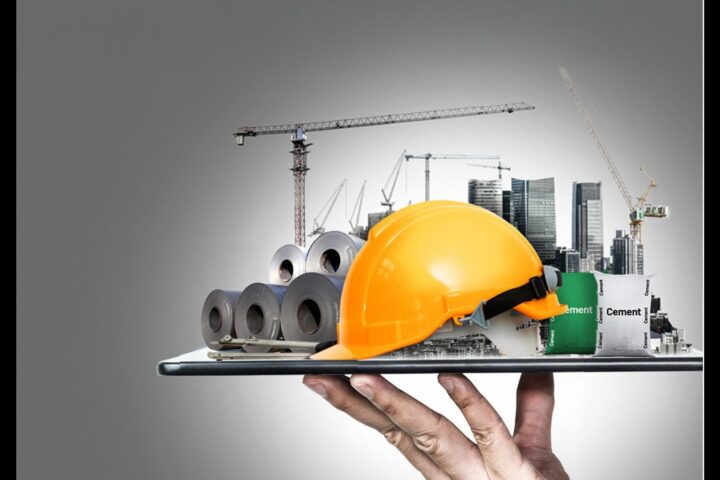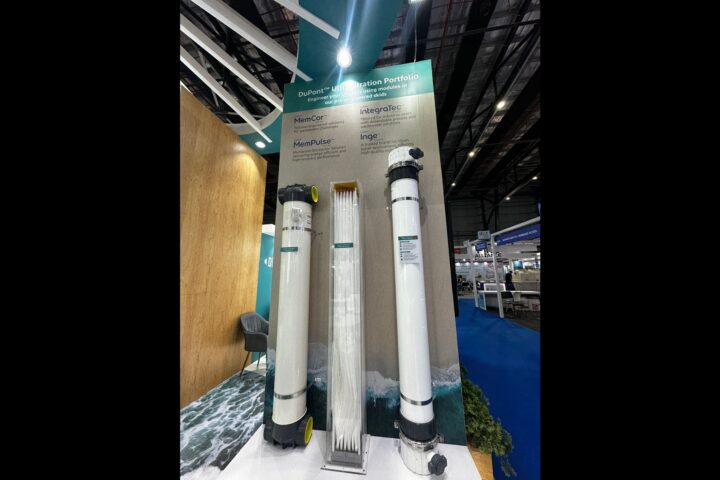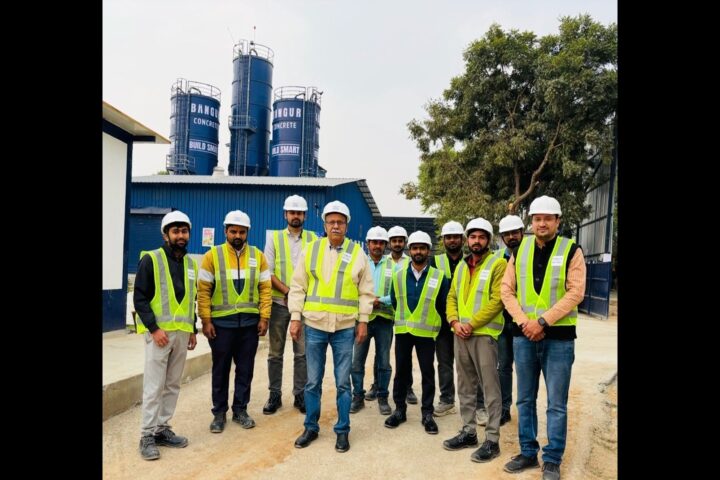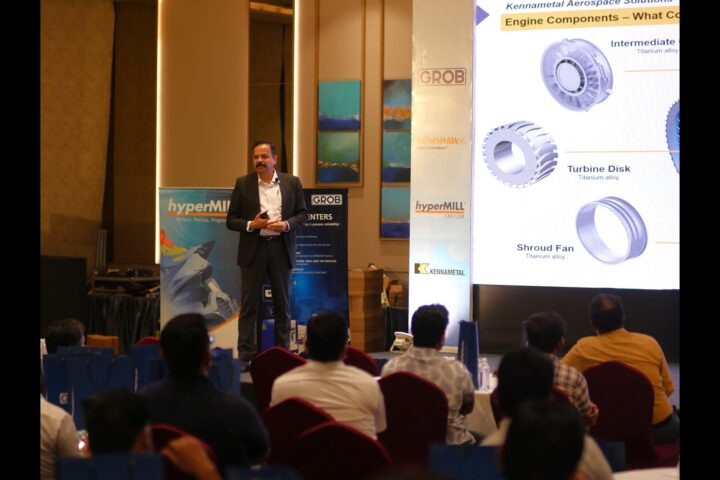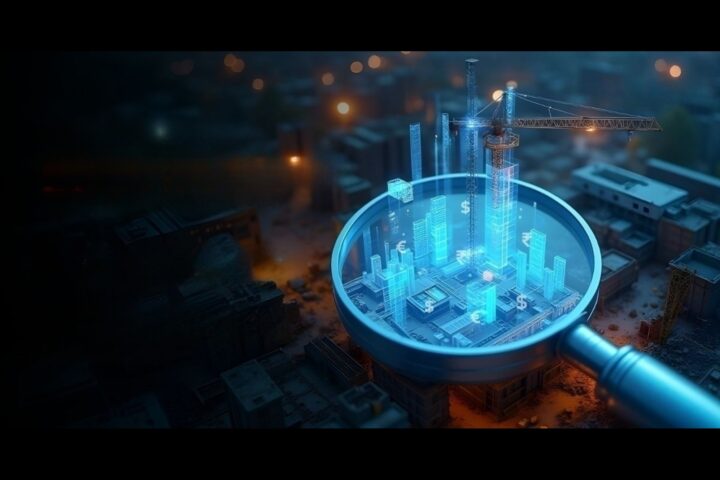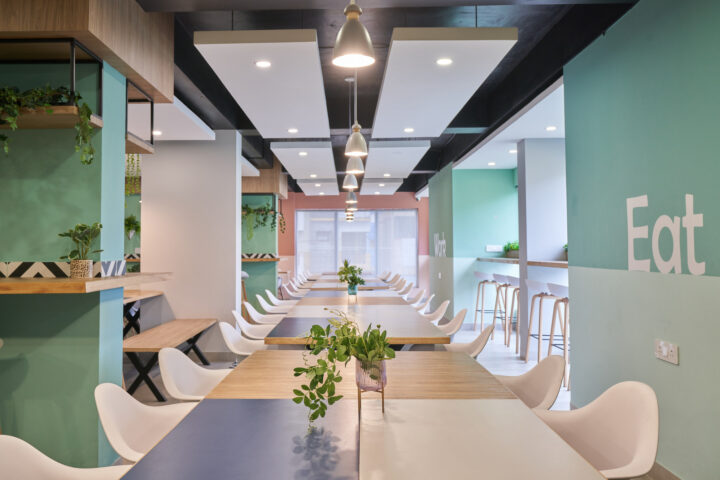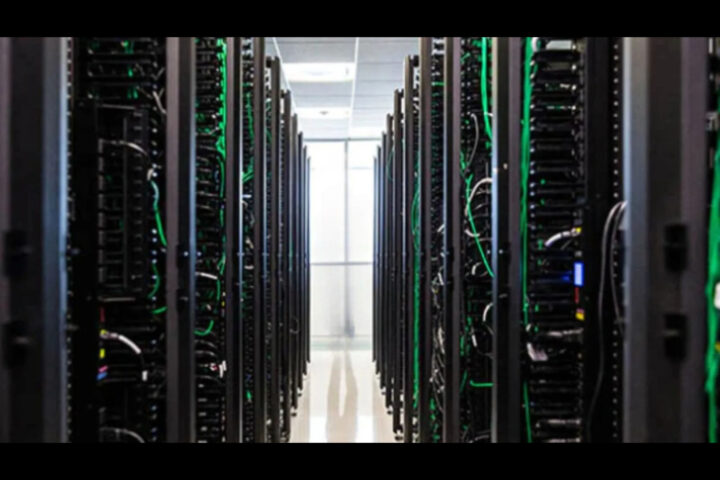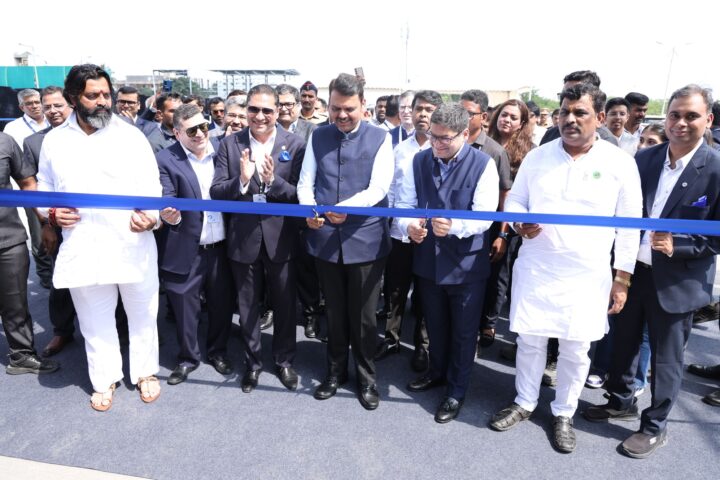by Ajay Kapur, CEO – Aluminium & Power Business, Vedanta Limited
Over the past decade, we have witnessed a paradigm shift in global consciousness with the world economy swiftly moving towards a cleaner, greener and more sustainable lifestyle. As the ever-growing world population constantly demands improvement of the support structures sustaining its lifeblood, the foreseeable future is increasingly turning out to be a story of energy efficient, durable, low maintenance, environmentally-safe and sustainable structures and mechanisms that are flexible in their utilities and offer more for less. And if there is anything that fits perfectly into this ‘performance with sustainability’ equation, it is aluminium, the green metal.
By virtue of its superlative properties like high strength-to-weight ratio, high corrosion resistance, supreme formability, superb ductility and conductivity, and infinite recyclability, of the metal, coupled with the fact that bauxite (aluminium ore) mining is sustainable and eco-friendly, aluminium, the green metal is also undoubtedly, the ‘Metal of the Future’ for a more sustainable world.
It is a metal of strategic importance to a country’s national security and socio-economic development, with diverse applications spanning core industries such as aerospace, space exploration, national defence, building and construction, transportation, automotive, electrical distribution and packaging, among others.Talking specifically about the building & construction industry, aluminum is the metal of choice for architects world-wide because of its superior properties, especially so in evolved markets. And for good reason too.
Real estate and construction activity are the fundamental economic indicators of a region/economy. India, China, Vietnam, Australia and Indonesia are poised to emerge as building & construction (B&C) hotspots on account of increasing urbanization, more commercial construction, greater migration into cities and improvement in standard of living. Rapid urbanization has resulted in exponential vertical growth in cities resulting in the changing landscape of many cities. With the growing number of skyscrapers spread across tier 1 and 2 cities, the infrastructure industry has embraced this change and brought about many transformations in the construction of buildings.
Aluminium can be formed into nearly any shape, which makes it extremely popular for structural applications and building components like doors, windows, sliding, roofing, curtain walls, sun shading, flashings, balustrades and decorations, to name a few. Aluminum is light weight while offering similar, or better, strength and resilience. When used as a base metal in construction, aluminium structures weigh 35-65% less than traditional metals, while providing equivalent strength. Fitting into the 21st century design trends, modern aluminium alloys are easily able to support the weight of heavy glass spans, for building designed around harnessing natural light for energy efficiency.
Aluminum reduces the construction time owing to availability of prefabricated structures and increases portability of the structure. It is easily customizable, durable and less complex as compared to conventional building structures, thanks to the use of a revolutionary application namely the aluminium formwork system or the MIVAN Technology which has catalysed this transformational journey. The MIVAN formwork technology involves the use of strong and sturdy aluminium components that have great strength, durability, are adaptable and simple to install in residential and mass housing projects. Using this unique formwork, all infrastructural components can be cast in a single site-based operation. The assembly of aluminium alloy formwork is simple and convenient; the average weight is 23-24kg/m2 and can be assembled manually without the assistance of any machines. By using aluminium in this revolutionary system not only can these panels be used up to 250 times but because of the ease of installation, the overall speed of construction increases significantly as the structure is completed much faster than the traditional formwork, saving onsite running, operating and financing costs.
Apart from the utilization of formwork technology, aluminium is also a key element in the development of green and sustainable buildings. Today, there is the need for tall buildings which can house more people while contributing to efficient land use. Owing to its superlative properties, aluminium is increasingly replacing other metals in the creation of green structures. Aluminium frames allow for gravity defying buildings that are at the same time more energy-efficient and environment friendly, with less CO2 emissions. Aluminium’s strength makes it the first choice for structural frameworks, while its reflectivity makes the buildings more energy efficient. It enhances the solar efficiency and minimises air leakage through aluminium fenestration. Thermal break aluminium windows and non-reflective curtain walls increase the energy efficiency of a building, while solar covered facades can generate the power it needs, reducing greenhouse gas emissions thereby making the building self-sustainable.
For buildings which demand a high degree of absorption of structure-borne and airborne noise, aluminium has proven its worth for support purposes. It can also withstand various climatic conditions and the insulation technology used for the aluminium fenestration applications in developed markets, helps meet low energy requirements. Furthermore, at the end of the life cycle, aluminium can be easily recycled with minimal energy into new forms without any loss of quality. Aluminium-intensive buildings are already front runners in the global race for green buildings, with numerous sustainable building awards like LEED Platinum and Gold to their name. Besides all of the above, there’s the element of design finish and glamour too. Designs with aluminium are structurally sound with a good measure of elegance.
Worldwide, aluminium is already a game changer in the world of architecture, India is yet to catch up. Case in point, the 2019 world average for aluminium consumption in construction is 24%, compared to China where it is 31%, and India where it is only 11%. This clearly indicates that there is immense potential for exploring and expanding usage of aluminium in this segment. In India, the demand for aluminium in B&C is driven by its usage in façade and fenestration. We are yet to explore aluminium applications in intelligent façade systems as well as bigger infrastructural projects like skyscrapers, domes, bridges, rooftops, etc.
Recent developments like the central govt.’s announcement of a slew of measures around Aatmanirbhar Bharat, increasing inflow of Foreign Direct Investments (FDI), focus on infrastructure, MSMEs, transportation, housing, etc, are expected to drive significant growth in this sector. US, China and India are expected to occupy 50% share, worth $87 trillion, of incremental construction spending over the next 15 years. According to forecasts, India is the most promising economy for B&C in the times to come. It is estimated that over 40% of India’s population will live in cities by 2030. With rapid growth in urbanization and employment opportunities, the country’s construction sector is expected to be the third largest in the world after China and US, with an overall value of $1 trillion by 2025. The central government’s plan to build 100 smart cities and rejuvenate 500 others backed by a budget of Rs. 98,000 crores is expected to give a huge boost to this sector. With increasing focus on B&C sector, there are vast opportunities for aluminium applications and development of new alloys and other customizations to make the structures as light and as sturdy as possible.
As India’s largest producer of aluminium and value-added products, Vedanta is uniquely positioned to cater to this demand. Vedanta offers a diverse portfolio of high-quality aluminium products for the downstream manufacturers/extruders like billets, ingots and rolled products. These are then extruded into structural components which are further fabricated for usage in a diverse range of applications like floating ceilings, windows, doors, stairs, wall panels, roof sheets, curtain walls and many more. Among Vedanta’s products, the magnesium-silicon 6xxx alloys in billets are preferred among extruders as it is conducive to manufacturing the most intricate architectural shapes.
With 400kT billet casting capacity per annum, Vedanta is one of the largest top-quality aluminium billet producers in India. The company’s casting facilities use state-of-the-art Wagstaff Hot Top Air Slip casting technology, one of the best in the world. Customers can either choose from a wide range of alloy specifications that Vedanta already offers or request customisations as per their requirements. Unwavering focus on customer technical services support, R&D, innovation and new product/alloy development and superior product quality have made Vedanta the preferred aluminium billet supplier to extruders in India and abroad.
The future of humankind is going to revolve around the norms of durability, sustainability and optimization; the future of B&C will be about growing skyward and becoming environmentally compatible and energy efficient. Aluminium is the future of architecture; be it sustainable housing, commercial spaces or aspirational architecture.

